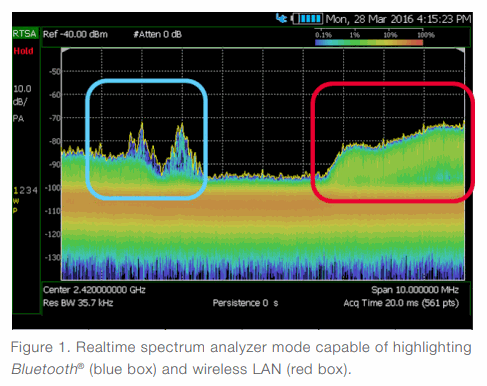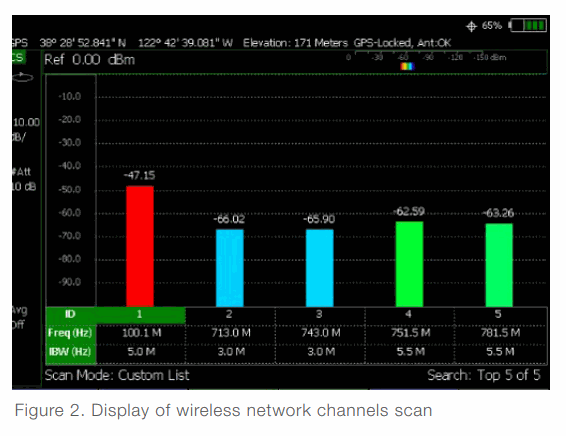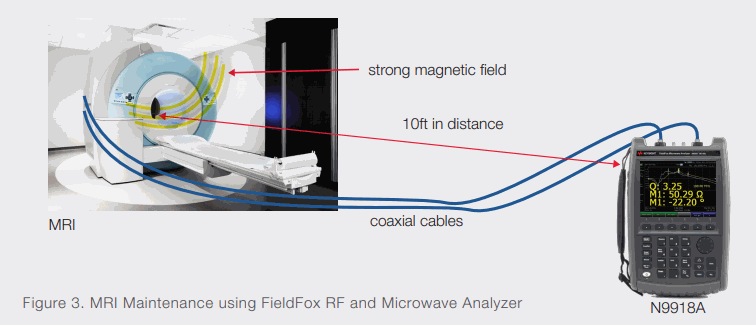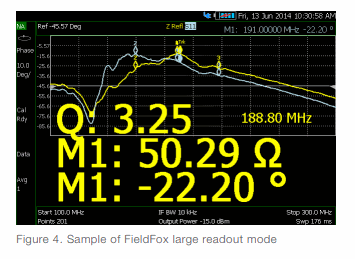Keysight MRI 效果改善方案
Magnetic Resonance Imaging (MRI) helps healthcare professionals quickly uncover problems inside a patient’s body through the use of high-power magnetic fields. To produce these large magnetic fields, the MRI coils are driven using high voltage (several kilovolts) and high current (hundreds of amps) requiring regular maintenance. Specifically, the RF coil inside the MRI must be tuned for impedance matching and RF leakage. If this step is not done or done improperly, the result is often noisy scanned images with poor contrast.
One Japanese medical equipment company found itself regularly confronting the challenge of servicing its MRI machines. To do that, its technicians had to drag a benchtop vector network analyzer (VNA) into hospitals to conduct the needed MRI RF coil tuning process. Without a power socket in the MRI room, the only way to perform that process was to have the instrument powered through a power socket in another room and a coaxial BNC cable connected to the back of the MRI machine. It was complicated and limited by the reach of the benchtop machine.
For every maintenance cycle, the technician would set this up then go back and forth between the instrument and the MRI machine to adjust the coils, because the instrument had to be far enough away from the MRI machine’s magnetic field when measurements were made. To solve these challenges, the company found a solution with Keysight’s FieldFox handheld RF and microwave analyzer.
In high-power RF environments such as a hospital, analyzer equipment needs to provide some basic critical features, such as:
Interference and signal monitoring
With the number of connected devices in a hospital environment on the rise, interference problems have become increasingly severe. For example, consumer products like cellphones or tablets can cause wireless interference with medical equipment, such as MRI machines, CT machines, and other physiological monitoring devices. The Real-Time Spectrum Analysis (RTSA) software found in the FieldFox is an effective tool for interference hunting and signal monitoring.
Interference detection and signal monitoring is accomplished using a fast Fourier transform (FFT) analyzer without dead time. The measurement system needs to have sufficient capture bandwidth to detects transient signals, dynamic signals, and RF pulses (Figure 1). A high-speed, gap-free measurement capability to detect, locate and fix interference problems is critical in the field.


Wireless signal coverage monitoring
All hospitals have different layouts and are built with numerous specialized construction materials. This makes it extremely difficult to provide good wireless signal coverage throughout the hospital building. The Fieldfox is able to show channel power measurements to verify signal coverage, identify potential interference issues, and optimize network performance (Figure 2). Each channel can be custom set with different frequencies and bandwidths for multiple signal analysis. This capability is useful for technicians performing wireless signal network coverage tests and interference analyses.
Portable, Faster Measurements
FieldFox is a handheld RF and microwave analyzer capable of operating as a handheld vector network analyzer, handheld cable, and antenna tester, handheld spectrum analyzer or all-in-one combination analyzer. It offers a full range of benchtop measurement capabilities in a portable, ruggedized form factor. This portability is critical for troubleshooting and maintenance across a wide variety of field situations.

Beyond just portability is the need for field readability. One of the biggest challenges the service technicians faced was having to keep the measurement instrument at a suitable distance from the MRI machine’s magnetic fields. Doing so made it hard for the technicians to read the instrument’s display when tuning the MRI RF coil.
Using FieldFox’s large readout mode, the problem was easily solved. By changing the mode on the display, the technicians increased the display’s font size. This allowed them to easily see the readouts on the unit, even at a distance, as they repeatedly changed the properties of the RF coil (Figure 4). It also increased how quickly the technicians could make the measurements since they no longer had to run back and forth between the MRI machine and the instrument.

FieldFox also has a channel scanner option transforming the instrument into a multichannel scanner for on-site surveys. It detects indoor signals and outdoor signals, such as a paging system or communication with emergency medical services or ambulances. The channel scanner is also used to detect intermodulation between two signals. Intermodulation is the mixing of two signals to create other new unwanted signals. This scenario frequently occurs in dense RF environments, especially in places like healthcare facilities. With FieldFox’s data logging capability, users can record signal strength data for each GPS point in either .csv or .kml format and process the data offline. Files can also be exported to Google Earth.
Quick, Easy Site Surveys
In addition to servicing MRI machines, the company’s technicians also perform site surveys to ensure no stray RF waves are entering the MRI room from nearby wireless devices. MRI systems use RF waves to construct soft tissue images. Their highly sensitive sensors pick up even the most minute RF signals. External RF signals, or stray RF waves, interfere with the MRI’s operation and disrupt its digital image generation. MRI rooms are fully shielded to prevent RFI sources like FM broadcast radios, two-way radio communication systems (from ambulance and wireless LAN signals), and cellular towers from entering, but unless a site survey is conducted, this cannot be guaranteed.
MRI manufacturers require up to 100 dB of RF attenuation at the sense frequency, and measuring these requires sensitive benchtop RF analysis equipment. Technicians need to routinely check for shielding effectiveness in the MRI room, since shielding conditions and effectiveness may change over time. Without proper shielding, MRI scans can lead to incorrect patient diagnostics or rescheduling for image retakes.
While RF scanning is typically done every time an MRI machine is being serviced, those scans are rarely conducted separately due to the cost of test setup. The expense to set up and operate a benchtop RF scanning tests adds significant cost to the facility’s operation. The portability of the FieldFox enables quick and easy transport to conduct on-site surveys where and when needed. The increase in scanning flexibility meant finding RF interferers earlier. The result was as much as a 30% increase in the reporting of potential RF shielding gaps during field calls.
A Win-Win for Service Technicians and Hospitals
Using the portable FieldFox analyzer was a win-win for both hospital administrative staff and the company’s technicians. The downtime required to service MRI machines was cut in half, allowing hospitals to schedule more patients for scanning. At the same time, technicians reported faster service call times resulting from the simpler setup and operation of the portable units, and less test equipment damage thanks to the unit’s rugged, field-ready design.
With its robust performance and functionality, service and maintenance technicians are sure to find many uses for the FieldFox handheld analyzer in healthcare facilities. They are built tough and can be easily transported. Measurements from the FieldFox analyzer are on par with comparable benchtop results. And, with options like spectrum analyzer, vector analyzer, built-in power meter, pulse measurement, channel scanner, and RTSA, technicians are sure to find a solution to fit any budget. FieldFox can even be easily upgraded to include other capabilities should test needs change.
Whether for testing and servicing an MRI machine, performing a site survey, monitoring wireless signal coverage or for interference hunting and signal monitoring, FieldFox has you covered.

